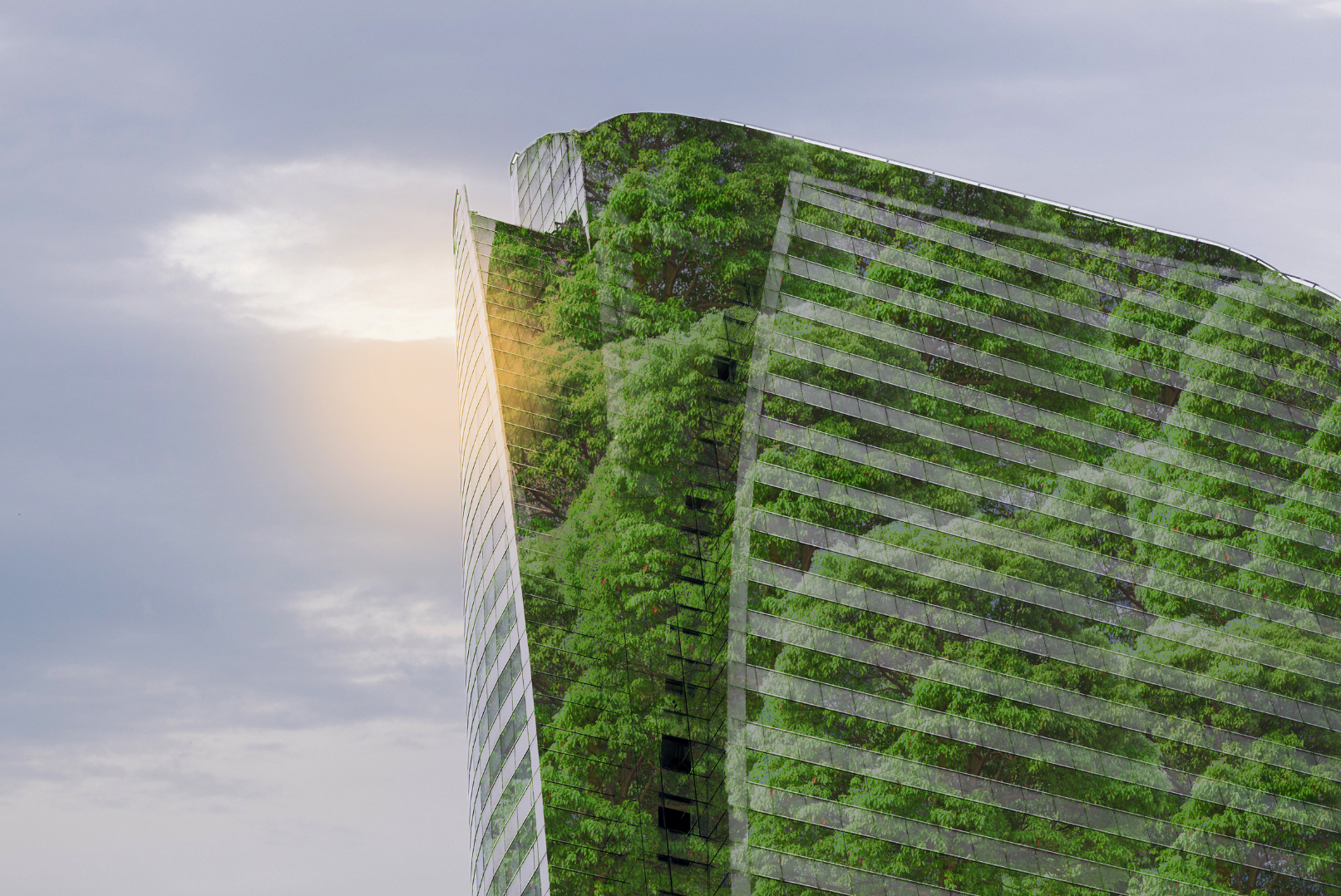Sustainable Visioning as a driver of Corporate Transformation
By Heather Louise Madsen
◦ 4 min read ◦
CO2 reduction is a hot topic for almost every company today. Here the focus is not just on the CO2 generated by the company itself, but also on the carbon emitted along its value chain. The problem is that changing processes, or even products and services, to make them more environmentally friendly can be a daunting and costly task. This can leave CEOs and other top managers wondering what the real cost and impact of CO2 reduction is, where to start, and whether it is even possible to create a prosperous business without generating pollution.
In answer to many of these tough questions, an increasing number of companies are succeeding in reducing carbon and completely transforming their businesses into sustainable and profitable powerhouses, using a combination of strategic vision and sustainability orientation.
A new CEO for a Company Topping the Sustainability Ranking Charts
January 1st, 2021 was Mads Nipper’s first day as CEO of the Sustainable Energy Giant Ørsted. And before the end of his first month in this new position, Ørsted ranked the most sustainable energy company for the third year in a row, and the second most sustainable company in the world after Schneider Electric. This raises the question, what is Nipper’s position on sustainability, and are these views important for his role as CEO of Ørsted?
In 2016, as the then CEO of Grundfos, Mads Nipper gave a presentation for the Global Compact Leaders Summit in New York where he stated: “I represent an SDG 6 and 13 company, who also happens to be the biggest water pump company in the world.” The UN Sustainable Development Goals (SDGs), representing a global platform and common language for addressing 17 core sustainability issues and their impact, also figure prominently in Ørsted’s corporate language. From Annual Reports to investor letters, Ørsted identifies SDG 7 (energy) and SDG 13 (climate action) as their primary impact areas. This indicates that there may be some very fundamental alignment between Nipper’s visionary statement and the mindset of his predecessors at Ørsted.
What led Ørsted to up-end their core business and undertake a sustainable transformation?
In 2001, Ørsted (then DONG Energy) hired CEO Anders Eldrup, just as Denmark was going through a liberalization of the electricity and gas sectors, which was putting extreme financial pressure on the company. Eldrup was the former Danish Secretary of State, and as such had extensive experience with both financial and political mechanisms. Seeing an opportunity to take advantage of an emerging political demand for climate action and policies to accelerate the development of offshore wind, Eldrup began increasingly to focus innovation resources on offshore wind and renewable energy, while the primary business of the company remained oil and gas. As renewable energy subsidy schemes increased in Denmark and the EU in the years that followed, Eldrup formulated a new company strategy that was released in 2009 called 85/15: “to transform our company from a situation of 15% renewable energy and 85% of fossil-fuel based energy to the opposite”. Jakob Askou Bøss, Head of Strategy and Communication at Ørsted, identified the strategic analysis of CEO Anders Eldrup as “The driving force behind formulating the new vision of the company,“ referring to the 85/15 objectives.
Despite the sacrifices that would need to be made as the core competencies of the company would have to be completely re-designed and transformed to focus on not-yet price competitive technology, the decision had been made. And this strategy was then further anchored to sustainability with Ørsted’s vision: “creating a world that runs entirely on green energy”. This vision made explicit the desire to reach outside of the organization with their “green” aspirations, connecting not only to ideals of wealth and prosperity, but also to planetary concerns.
These ‘green aspirations’ were then followed up by Eldrup’s successor Henrik Poulsen, who became Ørsted’s CEO in 2012. As stated by Poulsen:
“In the world of energy, the fundamental challenge we face is to transform our energy systems so that more and more of the energy we generate comes from renewable sources such as wind power, biomass and solar energy.”
Ørsted, Our sustainability reports, 2012, DONG Energy’s GRI Reporting 2012
Poulsen then backed these aspirations by setting very specific targets for the company including “quadrupling our offshore wind capacity, from 1.7 GW in 2012 to 6.5 GW in 2020“. By 2017 Ørsted had completely divested all upstream oil and gas. This was also the year that newly built offshore wind became cheaper than black energy for the first time in history. By the time Ørsted reached 2020, the company was ranked number 1 of more than 7500 international, billion-dollar companies in the Corporate Knights’ 2020 index of the Global 100 Most Sustainable Corporations in the World, making Ørsted the most sustainable energy company in the Global 100 index. As demonstrated by Ørsted, strategic vision and sustainability orientation were used as drivers for innovation, transformation and growing the company’s sustainable business and investment portfolio. But how can Ørsted’s story help other businesses? The answer lies in sustainable visioning.
How can sustainable visioning help businesses onto a path of prosperity AND sustainability?
Sustainable Visioning is a new term defining the management process of combining a strong strategic vision with the acknowledgement of the necessity of committing more profoundly to people, planet and prosperity concerns.
Madsen & Ulhøi, 2021
The following are guiding principals of sustainable visioning that Ørsted can be seen as applying, and which may be able to help other companies onto a similar path. First, in order for businesses to achieve sustainable visioning, they need to practice proactive, extroverted and visionary, rather than introverted approaches to sustainability. When working on sustainable innovations, it can also be wise to engage the Tripple Helix model including industry, universities and government working together. Innovation can also be usefully extended beyond products and services, to include business model innovation. This can help to navigate to a desirable sustainable future through direct planning, decisions, actions and behavior in all aspects of the business. And finally, taking a clear long-term orientation is also seen as important for sustainable visioning to be successful.
In practice, following these key guiding principals of sustainable visioning may make it more likely to effectively link strategic visioning to long-term sustainability objectives, providing the necessary support for corporate growth and innovation needed to ensure a successful transformation.
Further Reading
Madsen, H.L., Ulhøi, J.P. 2021. Sustainable visioning: Re-framing strategic vision to enable a sustainable corporate transformation. J. Clean. Prod. 228.
About the Author
Heather Louise Madsen, Ph.D. is the PRME Strategy Manager at Copenhagen Business School, and has over ten years of professional experience working with sustainability. As a sustainability expert, she has worked with the organizational implementation of the UN SDGs in the private sector, and has extensive experience working with CSR, the UN Global Compact, carbon footprint reporting and social, environmental and economic sustainability. Heather is dedicated to topics of innovation, strategy, business transformation, organizational learning, business model innovation, renewable energy and sustainability.

